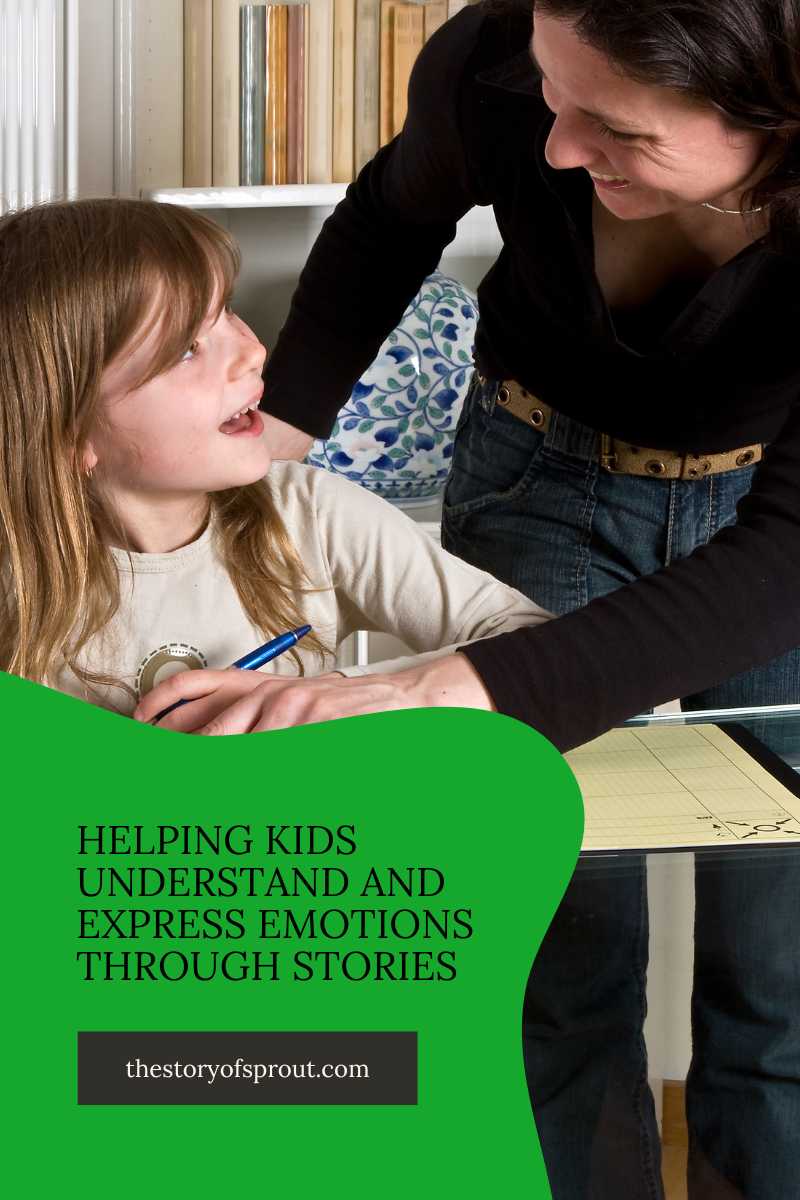
Helping Kids Understand and Express Emotions Through Stories
|
|
Time to read 8 min
|
|
Time to read 8 min
Imagine a child curled up with a favorite book or listening to their favorite stories on tape, their face lighting up as they dive into a world of adventure and wonder. Stories have a unique power to transport us to new places, introduce us to fascinating characters, and, most importantly, help us make sense of our own emotions. But what happens when a child struggles with reading? For many kids, especially those with learning disabilities like dyslexia, the joy of reading can be overshadowed by frustration, making it harder for them to connect with the emotions that stories are meant to evoke.
Yet, the power of stories goes far beyond the pages of a book. Whether it's through listening, experiencing, or creating their own tales, every child can benefit from the lessons and emotional growth that stories offer. This blog post explores how parents and educators can harness the magic of storytelling to help all children—regardless of their reading abilities—understand and express their emotions.
Through practical tips, we'll dive into creative ways to make stories accessible to every child. We’ll also look at how Richard P. Gleason’s book *Sprout* encourages children to engage with the world around them, not just by reading about life but by living it. By blending the joy of storytelling with real-life experiences, we can help children build their own “book of stories of knowledge”—one that’s rich with emotional understanding, resilience, and a sense of wonder about the world.
Whether you’re a parent of a child who loves stories or one who struggles with them, this post is for you. Together, let’s explore how stories, in all their forms, can be a powerful tool for emotional development and lifelong learning.
Table of contents
Stories are more than just tales of adventure and imagination; they are windows into the emotional lives of characters that children can relate to. Through the ups and downs of a story, children learn about empathy, kindness, fear, and joy. They see how the characters in these stories deal with challenges, make decisions, and express their feelings, providing them with examples of how to manage their own emotions.
For children with dyslexia, reading stories can be a frustrating experience. The struggle to decode words can overshadow the joy of immersing themselves in a story, leading to feelings of inadequacy, frustration, and sometimes even anxiety. This can make it harder for them to connect with the emotions in their favorite stories, as they are often preoccupied with the mechanics of reading.
However, it's important to remember that children with dyslexia have incredible strengths—many are highly creative, intuitive, and excellent problem solvers. By recognizing and nurturing these strengths, we can help them connect with stories in ways that don’t rely solely on traditional reading.
Richard P. Gleason’s book *Sprout* is a wonderful example of how learning and emotional growth can extend beyond the pages of a book. *Sprout* encourages children to not only read about life but to live it fully—experiencing nature, creating their own stories, and building a personal “book of knowledge.” This approach is particularly beneficial for children with learning disabilities. By engaging in hands-on activities and storytelling, they can connect with the themes and emotions of a story without the pressure of reading every word perfectly.
For example, instead of reading about a character’s adventure in a forest, children can take a nature walk and create their own stories about what they see and feel. They can express their emotions through drawing, acting out scenes, or even building models. These activities help them process their feelings and build emotional resilience in a way that’s accessible and enjoyable.
Supporting children in understanding and expressing their emotions through stories can be a fulfilling experience, especially when considering the unique needs of children with learning disabilities like dyslexia. The following expanded tips provide more detailed approaches that parents and educators can use to create a rich, supportive environment for emotional growth.
Audiobooks are an invaluable resource for children with dyslexia, as they provide access to stories without the stress of decoding written text. The auditory experience allows children to engage with the narrative, characters, and emotions directly, freeing them to focus on the meaning behind the words rather than the words themselves.
Engaging children in activities that stem from stories can help solidify their understanding of the emotions and themes within the narrative. This approach is especially effective for children with dyslexia, as it shifts the focus from reading to experiencing.
Taking the learning and emotional growth outside of the stories and books they know and into real-world experiences can make stories more tangible and emotions easier to understand.
Creating an environment where children feel safe and encouraged to discuss their feelings is crucial for emotional development. Open discussions can be initiated in various ways, all aimed at making children feel heard and understood.
By incorporating these strategies into daily routines, parents and educators can create a supportive environment that helps all children, including those with dyslexia, to better understand and express their emotions. This holistic approach, blending stories with real-life experiences and creative activities, ensures that every child can engage with and learn from stories in a way that resonates with them personally.
Helping children understand and express their emotions is a journey, one that can be enriched through the power of stories. For children with dyslexia, this journey may look a bit different, but it’s no less valuable. By combining stories with experiences, as *Sprout* suggests, we can help all children—regardless of their reading abilities—learn to navigate their emotions and grow into compassionate, resilient individuals. Remember, every child has their own unique “book of knowledge” waiting to be written, and it’s filled with more than just words; it’s filled with the experiences and emotions that shape who they are.
